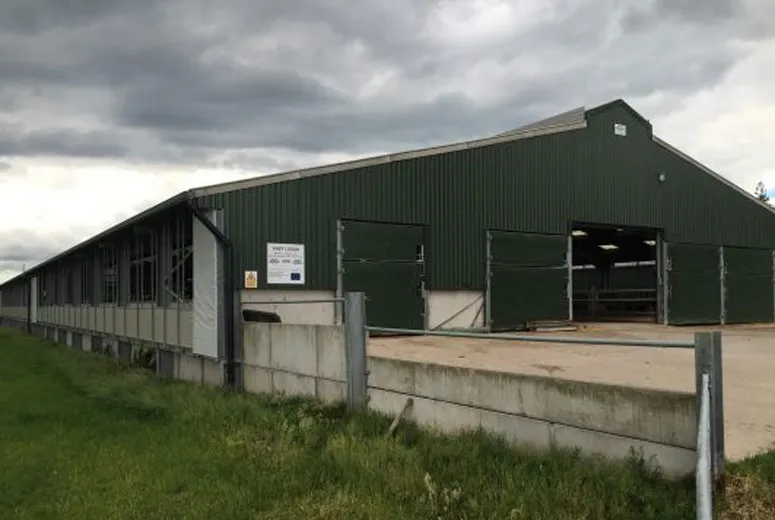- Afrikaans
- Albanian
- Amharic
- Arabic
- Armenian
- Azerbaijani
- Basque
- Belarusian
- Bengali
- Bosnian
- Bulgarian
- Catalan
- Cebuano
- Corsican
- Croatian
- Czech
- Danish
- Dutch
- English
- Esperanto
- Estonian
- Finnish
- French
- Frisian
- Galician
- Georgian
- German
- Greek
- Gujarati
- Haitian Creole
- hausa
- hawaiian
- Hebrew
- Hindi
- Miao
- Hungarian
- Icelandic
- igbo
- Indonesian
- irish
- Italian
- Japanese
- Javanese
- Kannada
- kazakh
- Khmer
- Rwandese
- Korean
- Kurdish
- Kyrgyz
- Lao
- Latin
- Latvian
- Lithuanian
- Luxembourgish
- Macedonian
- Malgashi
- Malay
- Malayalam
- Maltese
- Maori
- Marathi
- Mongolian
- Myanmar
- Nepali
- Norwegian
- Norwegian
- Occitan
- Pashto
- Persian
- Polish
- Portuguese
- Punjabi
- Romanian
- Russian
- Samoan
- Scottish Gaelic
- Serbian
- Sesotho
- Shona
- Sindhi
- Sinhala
- Slovak
- Slovenian
- Somali
- Spanish
- Sundanese
- Swahili
- Swedish
- Tagalog
- Tajik
- Tamil
- Tatar
- Telugu
- Thai
- Turkish
- Turkmen
- Ukrainian
- Urdu
- Uighur
- Uzbek
- Vietnamese
- Welsh
- Bantu
- Yiddish
- Yoruba
- Zulu
Oct . 13, 2024 18:32 Back to list
Understanding Steel Structure Building Prices Key Factors and Trends
In recent years, the construction industry has seen a significant shift towards steel structure buildings due to their durability, efficiency, and sustainability. As this trend continues to grow, it's important for stakeholders—from developers to contractors and architects—to understand the various factors influencing the prices of steel structure buildings. This article aims to break down these factors and provide insight into current pricing trends.
1. Material Costs
The price of steel is one of the most critical components in the overall cost of a steel structure building. Fluctuations in the global market, driven by supply and demand dynamics, tariffs, or geopolitical events, can significantly affect steel prices. For instance, during periods of high demand, such as a construction boom, prices can soar, while economic downturns can lead to lower prices. Tracking these trends is essential for accurately forecasting costs and budgeting for projects.
2. Design Complexity
The complexity of the building's design also impacts overall costs. Simple structures require less material and labor, while intricate designs may demand specialized labor and additional materials, raising overall expenses. Architects and engineers must carefully consider the balance between aesthetic appeal and functional efficiency. Therefore, an efficient design can lead to cost savings without sacrificing structural integrity.
3. Labor Costs
The cost of labor is another significant factor impacting steel structure building prices. Skilled labor is required for steel fabrication, transportation, and erection. Regions with a shortage of skilled labor or high labor costs will naturally see higher prices for steel structures. Additionally, union regulations and local labor laws can further influence these costs, making it crucial for project managers to understand the labor market in their area.
steel structure building prices

4. Location
Location plays a pivotal role in determining the overall price of steel structure buildings. Factors such as transportation costs, local market conditions, and site preparation can all influence final pricing. Buildings in urban areas with high real estate values may incur additional costs for land acquisition and permitting, while remote locations might face logistical challenges that increase transportation expenses.
5. Market Demand and Economic Conditions
Broader economic conditions can impact the demand for steel structure buildings, affecting overall pricing. In booming economies with high construction activity, demand for steel often outpaces supply, driving prices up. Conversely, a stagnant economy can result in oversupply and lower prices.
6. Sustainability Considerations
With increasing focus on sustainability in construction, eco-friendly practices and materials are becoming more significant factors in pricing. Green building certifications, like LEED, often come with additional costs related to materials and processes, but they can also lead to long-term savings through energy efficiency and tax incentives.
Conclusion
Understanding the prices of steel structure buildings involves a careful consideration of numerous factors, from material and labor costs to location and market conditions. As the construction industry continues to evolve, staying informed about these dynamics will be essential for stakeholders looking to achieve their construction goals while staying on budget. By effectively navigating these influences, developers and builders can better plan for the future of construction in steel.
-
How Do Prefabricated Steel Structures Transform Modern Construction?
NewsJul.14,2025
-
How Do Prefabricated Metal Buildings Redefine Modern Construction?
NewsJul.14,2025
-
How Do Prefab Insulated Metal Buildings and Steel Structures Revolutionize Modern Construction?
NewsJul.14,2025
-
How Do Pre - Engineered Steel Structures Redefine Modern Construction?
NewsJul.14,2025
-
Advancing Modular Construction with Prefabricated Metal Structures
NewsJul.14,2025
-
Advancing Industrial Infrastructure with Prefabricated Steel Solutions
NewsJul.14,2025
Products categories
Our Latest News
We have a professional design team and an excellent production and construction team.












